
Is Central Asia the hidden gem in China’s new Silk Road?
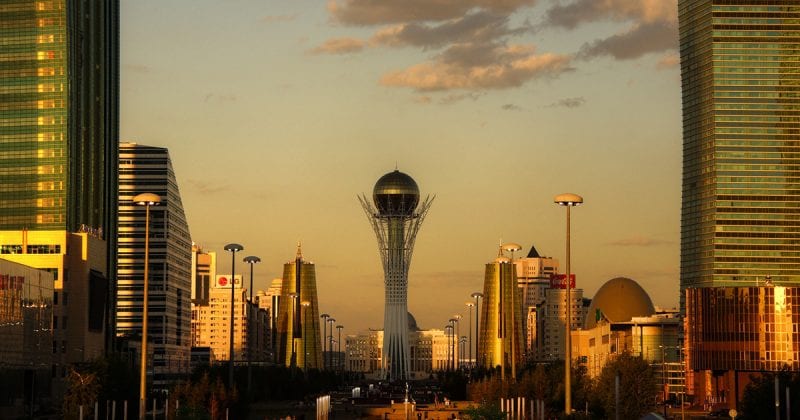
Key takeaways
- Turkey, Kazakhstan and other Central Asian countries play a major role in China’s “Belt and Road” initiative
- Central Asian countries will benefit from substantial boosts to GDP – if “Belt and Road” can successfully negotiate multiple borders and infrastructure issues
- The DHL Southern Corridor brokers smooth freight journeys across Central Asian borders that take as little as two weeks
Although it only took about two weeks, its significance for global trade could span the rest of the decade and beyond. I’m talking about our new southern rail corridor between China and Turkey, which we launched in December 2015. What’s so significant about it, you ask? Well, you might even call it historic. China is looking to re-establish the Silk Road – officially the Silk Road Economic Belt, the overland corridor to Europe – and our new southern rail corridor runs along the critical segment between Turkey and China. It’s all part of China’s much-vaunted “Belt and Road” trade initiative.
A new Silk Road on rails
Turkey and the Central Asian region were once pivotal in the trade between East and West, acting as the linchpin between China and its Greco-Roman trading partners on the original Silk Road until the Ottoman Empire cut it off in the 1400s. That forced traders onto maritime routes that are slower – even today. The new Silk Road will significantly benefit Turkey and the myriad countries it crosses. I’d suggest that we are already seeing the benefits. Consider these figures:
- China is Turkey’s second-largest source of imports
- Europe is Turkey’s largest export market
- The past decade has seen an average 19 percent annual growth in trade between China and Silk Road countries
- The “Belt and Road” initiative will generate more than US$2.5 trillion in annual trade within the next decade says China’s President, Xi Jinping
Our role is to act as a broker between them to ensure that everyone benefits from smooth hand-offs and management of our freight between borders.
With greater access to Chinese goods, Turkey is likely to further boost its trade balance with top European trading partners like Germany and France. But the benefits don’t stop there. The new Southern rail corridor also passes through Kazakhstan, Azerbaijan, and Georgia, where governments are throwing their full support behind increased trade across their borders. Simply put: there’s a lot of opportunity.
A real alternative
Another reason China’s new Silk Road is a hidden gem is the fact that rail both complements and offers an enticing alternative to air and ocean freight options. Transit times are shorter than ocean freight and both costs and CO2 emissions are lower than air freight, with emissions savings up to 90 percent! I expect to see higher demand for more sustainable logistics solutions like rail, especially considering the COP21 agreement freshly inked in Paris, where more than 190 countries pledged to cut greenhouse gas emissions.
An ambitious project
An intercontinental freight route like the Silk Road Economic Belt is an ambitious project, and we have a critical role to play in making it a reality. Multiple borders mean multiplied complexity. A large part of our work involves negotiating the various legal and regulatory nuances that apply to each country our shipments pass through. It requires a deep understanding of the varying regulatory and infrastructural conditions in each market, robust partnerships with local-market experts and authorities, and experience in brokering cross-border connections without compromising on overall speed and efficiency. With three existing multimodal links connecting Europe to China, Japan, and Taiwan, we are able to draw from a wealth of experience.
In Kazakhstan, for example, we manage station-to-station rail activities including gauge changes, border train consolidation, and border transit activities like customs clearances and declarations through our partner Kazakhstan Temir Zholy Express (KTZE). We’ve been working closely with Karvan Logistics in Azerbaijan, RTSB Logistics in Turkey, and the national railways of China, Azerbaijan and Georgia. Each of these players governs specific sections or transport modes along the way. Our role is to act as a broker between them to ensure that everyone benefits from smooth hand-offs and management of our freight between borders – forging “one belt” out of many segments, so to speak.
The scale of China’s “Belt and Road” vision demands that we put all our expertise in cross-border forwarding on the (railway) line. But it’s an effort that I think will pay off immensely as we reopen this historic trade lane and rediscover hidden gems along the way.
I’m curious to know how you think “Belt and Road” will impact your business. As China seeks to reinvent its trade policy throughout Asia and Europe, what logistics issues are you facing?
This article was originally published on Delivering Tomorrow.
MORE FROM THIS COLLECTION
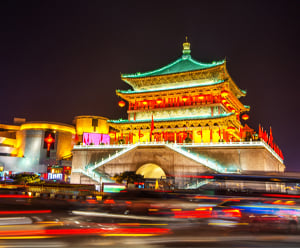
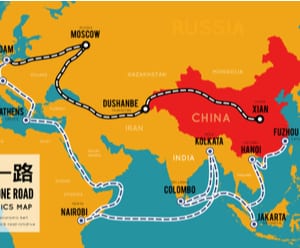
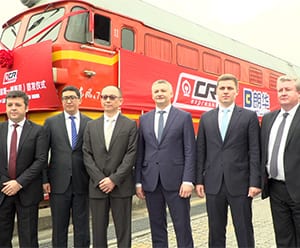
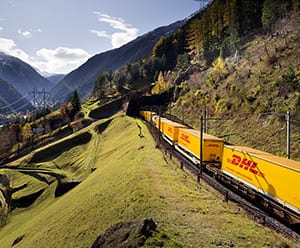



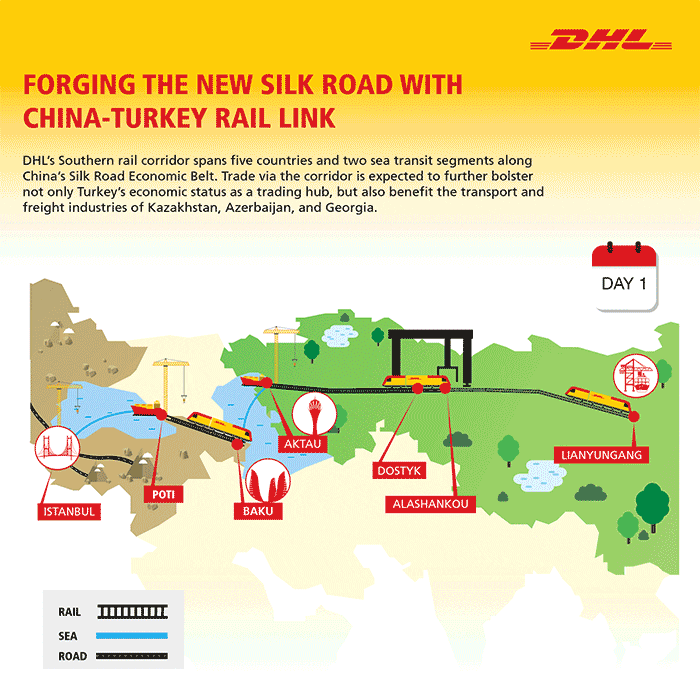




 English
English